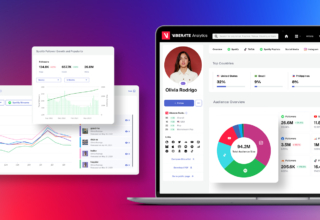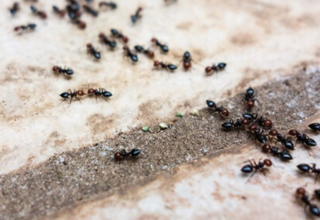
The double kitchen sink is the unsung hero of the modern kitchen, quietly aiding in food preparation, dishwashing marathons, and even doubling as a spot to plant veggies if you’re living that eco-friendly life. But every hero faces its own kryptonite, and for our trusty double kitchen sink, it’s the dreaded scenario of water refusing to drain or worse, backing up into the other sink.
For homeowners dealing with this kind of sink drama, it can be both disheartening and mystifying. In this comprehensive guide, we will explore the reason behind the maddening backup and arm you with the know-how to troubleshoot the issue, whether that means rolling up your sleeves or reaching for the phone to call a professional.
Table of Contents
Understanding the Problem
A backed-up double kitchen sink is a common and morosely inconvenient occurrence that signifies some untoward activity in your plumbing. The issue can point to a variety of problems, but the two most common culprits are clogs within the drain pipes themselves or complications with the plumbing layout.
Causes of a Double Sink Backing Up
- Clogs in Drain Pipes
Trapped food particles, grease, and debris from cleaning products can build up in your drains over time, leading to clogs. In a double sink setup, this can be exacerbated by the Y-shaped pipe that connects the two drains, which provides an additional area for materials to accumulate, eventually causing a backup.
- Issues with Plumbing Layout
Sometimes, the layout of your kitchen plumbing, including the pipes beneath the sink, is not properly configured. An incorrect layout can lead to improper drainage, allowing water and waste to back up instead of flowing freely. This is often the case in older homes with outdated or DIY-installed plumbing systems.
DIY Solutions to Unclog Your Double Kitchen Sink
Before you pick up the phone to dial the plumber, there are a few DIY methods that you can try to dislodge the pesky clog and restore order to your kitchen.
Step One: Plunging the Double Sink
To begin, fill the sinks about halfway with water. Place a plunger over one drain and use a wet cloth to block off the other sink’s drain. Plunge vigorously for about a minute and then switch to the other side. The forceful movement should help to move the blockage along the pipe.
Step Two: Baking Soda and Vinegar
If the plunger doesn’t do the trick, you can try a more benign chemical reaction. Pour a pot of boiling water down each drain first to soften the clog. Then pour 1/2 cup of baking soda down the drain followed by 1/2 cup of white vinegar. Cover the drain immediately and wait 5-10 minutes before flushing with boiling water again.
Step Three: Drain Snake
In more severe cases, a drain snake, or auger, can be your best friend. Feed the snake into the drain until you encounter the blockage, then turn the crank to break it up. Once the snake can move freely, pull it out, and run hot water down the drain to clear out any remaining debris.
When to Call a Professional
Although DIY methods are worth a shot, there are instances where the problem might run deeper, indicating a need for professional intervention.
- Persistent Clogs
If you find that your sink is continually backing up even after you’ve cleared it, there might be a bigger issue with your plumbing system, such as a root intrusion in your sewer line or a collapsed pipe. In such cases, a professional plumber, like Rescue Rooter will have the tools and expertise to assess and address the problem.
- Foul Odors
Unpleasant smells coming from your drains often indicate that the blockage is more than just a minor inconvenience—it could be a serious sanitary concern. A plumber can identify and resolve these issues before they become a hazard.
- Unusual Sounds
Gurgling or bubbling noises coming from your sink are the plumbing system’s way of saying, “Help!” There could be air trapped in the drain caused by a seal interruption due to a blockage or much more critical issues. A professional can inspect and diagnose these sounds to prevent potential water damage.
Preventive Maintenance Tips for Your Double Kitchen Sink
An even better solution than fixing a clog is preventing one in the first place. Here are some preventive maintenance tips that can keep your sink and pipes running smoothly.
Regular Cleaning
Make it a habit to clean your drains regularly using the baking soda and vinegar method mentioned earlier. This not only combats odor and clogs but also serves as a alert to any early signs of trouble in the pipes.
Proper Disposal of Food Waste
Avoid putting fibrous, greasy, or starchy waste down the drains, as these can cause difficult-to-remove clogs. Invest in a sink strainer to trap food particles and empty it into the trash regularly.
The state of your kitchen sink can be a good indicator of your overall home health, much like the proverbial canary in a coal mine. By understanding the common causes of a double kitchen sink backup and knowing how to troubleshoot the issue, you’re not just maintaining a well-functioning sink; you’re safeguarding the integrity of your home’s plumbing system.
Should DIY approaches fail, do not hesitate to contact a professional Hamilton plumber. A prompt and appropriate response to your double kitchen sink’s ailments will not only save you time and headache but also protect your home from potential damage. Keep those drains clear and clean, and enjoy a happily flowing and odorous kitchen!















